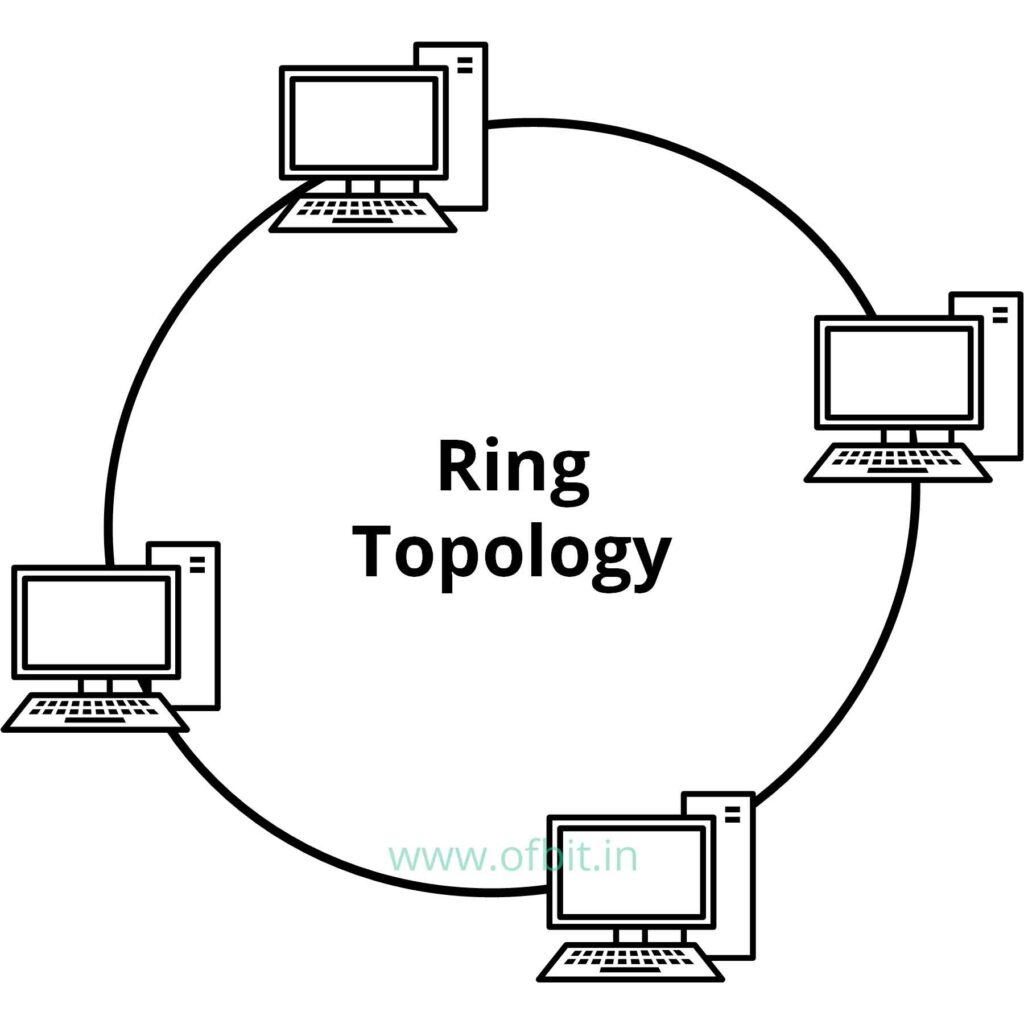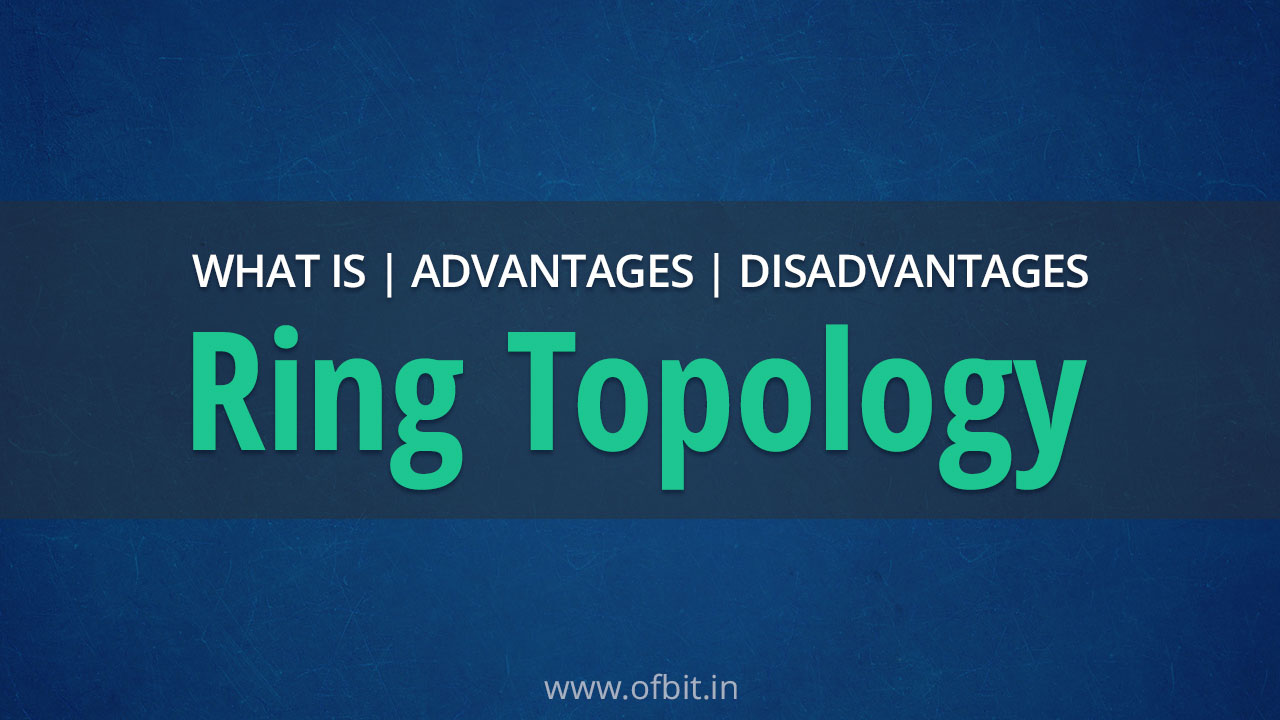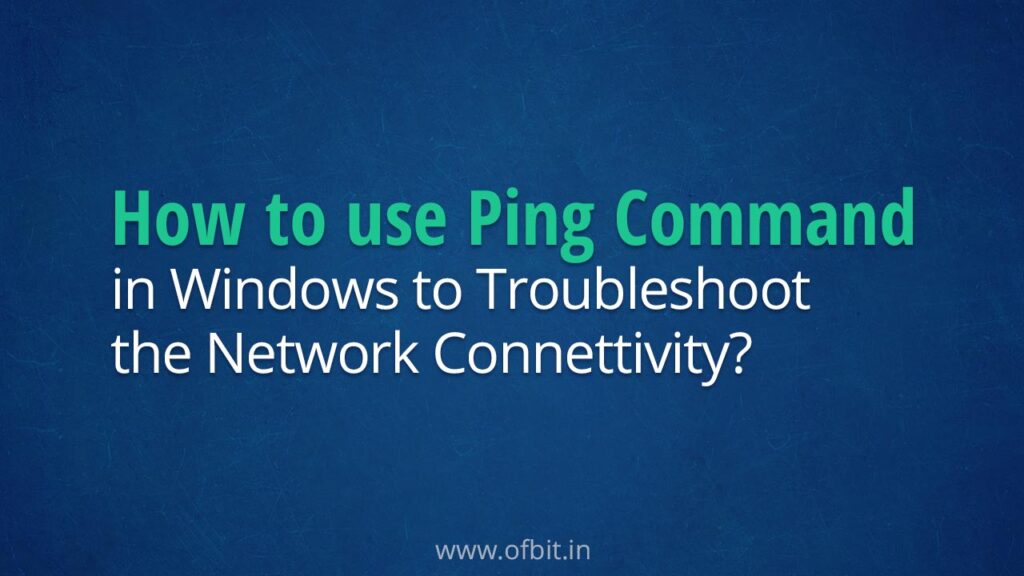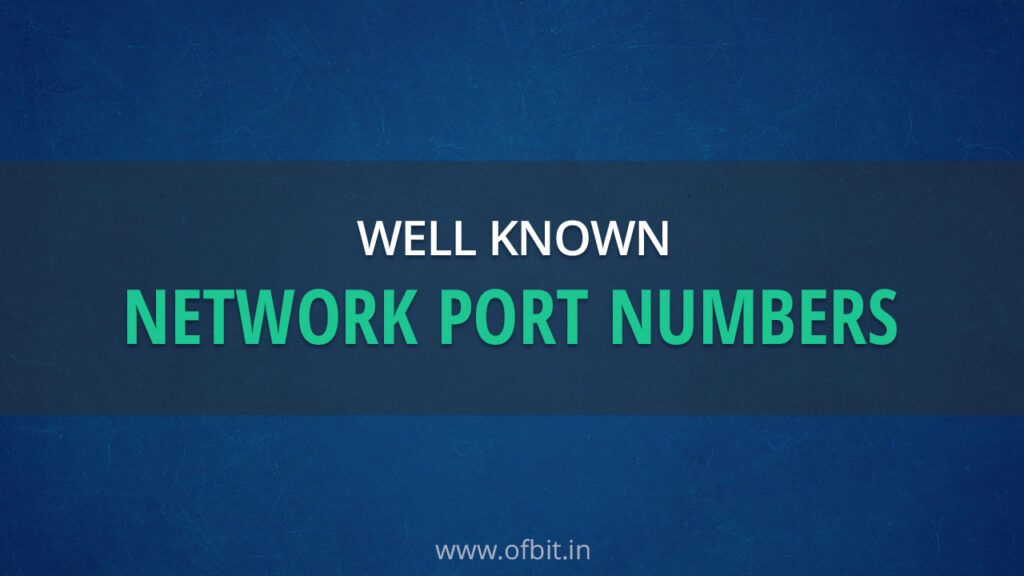What is Ring Topology
Ring Topology is a type of network topology, where each device is directly connected via cable to other computers within the same network in the form of a Ring or Circle.
In a Ring Topology, device one is connected to device two, device two is connected to device three, and so on to the last device, which connects back to device one. Ring topology is a circle that has no start and no end. Thus terminators are not necessary for a Ring topology.
The network’s data flow from device to device back to the source, with the network’s primary cable forming a ring. Signals travel in one direction on a Ring. Each device regenerates the signal while they are passed from one device to the next device. So that it may travel the distance required.

To send data over the network each device waits its turn. A token travels around the ring, stopping at each device. If a device wants to transfer data, it adds that data and the destination address to the token. The Token then continues around the ring until it finds the destination device. Which takes the data out of the token. Results no collision of the data packets.
Advantages And Disadvantages of a Ring Topology
Unlike Bus topology, Ring topology has no start or no end that needs to be terminated. The problem is, that the Ring topology has a lot in common with the Bus topology. If you want to add to the network, you have no choice but to break the cable ring. Which is likely to bring down the entire network. Although because of the issues Ring topology isn’t very popular, you just won’t find any LANs in physical rings anymore. But if you work at an ISP, you may still find a physical Ring topology in use for a technology called SONET or some other WAN technology. So far we describe Ring topology, now let’s look at the advantages And disadvantages of a Ring Topology.
Advantages of a Ring Topology
- The Major advantage of Ring Topology is that each device is responsible for boosting or regenerating the signal like a repeater.
- It reduces the chance of packet collisions as all data travels the wire in one direction in this topology.
- Data Transfer Speed is very high between devices in this type of topology.
- Fiber optic cable is used as a communication medium.
- Ring Topology uses less cable compared to Bus Topology.
- Performs better than a Bus topology under heavy network load because of the presence of token passing as a channel access method.
- Resources are available equally for all devices.
- Easy to manage and cheap to install and expand.
Disadvantages of a Ring Topology
- The major disadvantage of Ring topology is, that even if one device is malfunctioning, the entire network goes down.
- A data packet must have to pass through all the devices to reach the destination.
- In terms of data transfer from a source device to a destination device, Ring Topology is slower in performance compared to the Bus topology.
- The hardware needed to connect each device is expensive.
Follow us:
If you like our articles and tutorials, you can follow us on Facebook. Also, join our Official Facebook Group for QnA sessions and Discussions with the worldwide technical community.





[…] Topology is Costly, if we compared it to other topologies, like Bus Topology, Star Topology, Ring Topology, etc. It is because of the additional cabling and network interface card (I/O) to create multiple […]